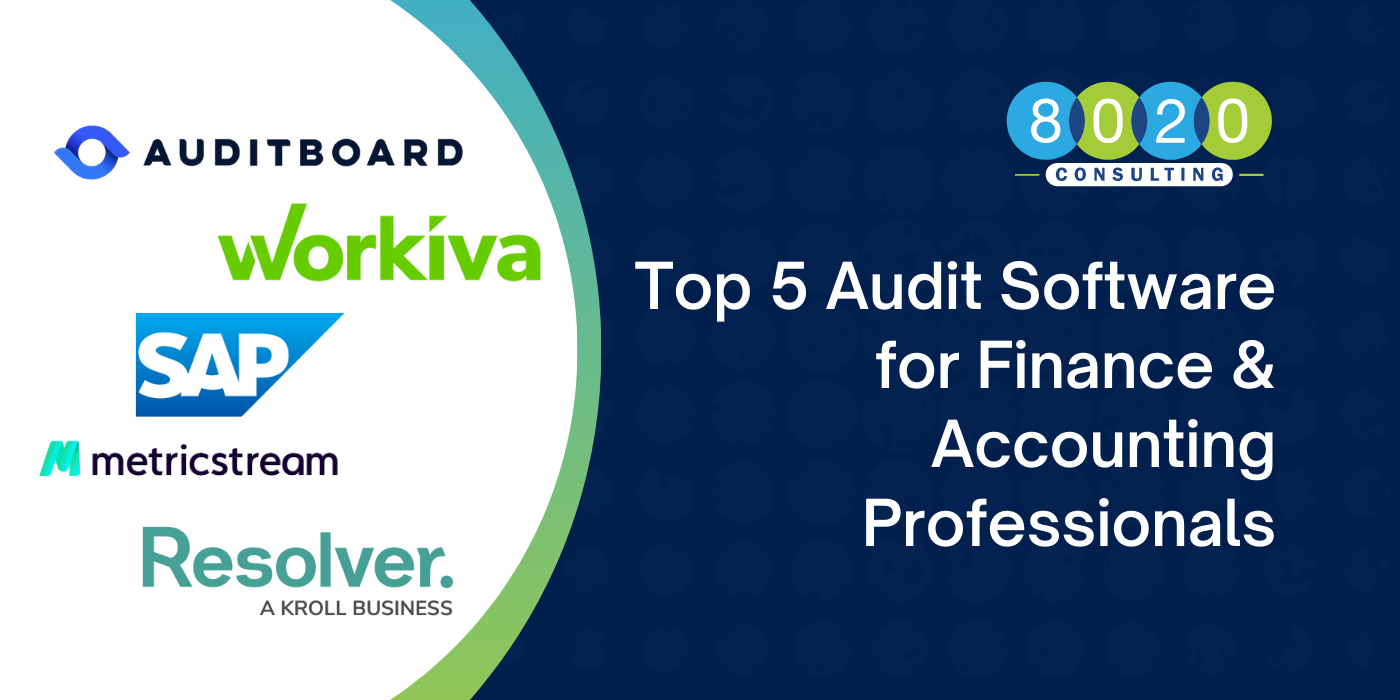
Despite the aggressive interest rate hikes of the Federal Reserve, the U.S. job market continues to show resiliency. As unemployment rates remain near historical lows, companies find it difficult to replace top talent. This issue was exacerbated by the Great Resignation, as employees left their current job post-pandemic for employers maintaining remote or hybrid work environments. Given the broader macroeconomic sentiments, senior management has begun asking various departments to operate with fewer people. The Accounting department is no exception. For a Chief Accounting Officer (CAO) to do more with fewer people, they must ensure that key processes and procedures are well documented, automate certain processes and outsource certain functions.
Process and Procedure Documentation
Companies have varying degrees of process and procedures documentation. Some have little to no documentation, whereas others have step-by-step desktop procedures.
Companies with little or no documentation risk business interruptions when a key employee leaves with pertinent institutional knowledge. The CAO should review the level of accounting process documentation and enhance the documents if necessary. The review should address why the procedures are performed, when it is best for the procedure to be complete and who owns the procedure. For key processes, the CAO should also ensure cross training.
Moreover, proper documentation of controls should address specific business risks. An individual within the Accounting department should be responsible for ensuring controls are conducted in a timely fashion. In our experience, proper documentation is best achieved when CAOs collaborate with consultants. Consultants bring best practices in process design, ensure a certain level of detail for the documentation and can find opportunities for automation and outsourcing.
The best practice is for companies to, at a minimum, update their procedures annually. However, procedures should be updated before an employee leaves the company. During the annual review of process and procedures, companies should address which procedures can be enhanced, streamlined, automated and/or eliminated.
Automation
Automating process and procedures is key in reducing headcount. Chief Accounting Officers should be at the forefront of creating a culture that embraces automation.
The business processes that tend to be repetitive and or prone to errors are the best candidates for automation. Automation reduces error, increases speed of processing, increases transparency and improves scalability. Automation also reduces costs and allows employees to do more meaningful tasks.
A common mistake made by companies is using the individual(s) executing the manual task to automate the process. Incorporating consultants, IT and business analysts will yield better automation processes. Large-scale automation includes system implementation. This includes large-scale implementations (e.g., new ERP systems) to adding an accounting module (e.g., accounts payable). CAOs should provide oversight on such implementations, as they tend to be costly and time-consuming if not managed appropriately.
Outsourced
The Chief Accounting Officer department can be broken down by day-to-day operations, financial reporting, statutory/compliance reporting and technical accounting. For large companies, it may make sense to have a headcount in all groups. However, for some mid- to small-size companies, outsourcing certain functions may be more cost effective.
For example, technical accounting is an area where it usually makes sense to outsource. For more routine processes, companies should consider using a fund administrator or offshore outsourcing. Consultants can help the CAO build the case for using a fund administrator or offshore outsourcing. Consultants can also match your firm’s needs with the right administrator or outsourcing partner.
Conclusion
A Chief Accounting Officer can do more with less by ensuring key processes and procedures are well documented, by automating certain procedures and or outsourcing certain functions. Now is not the time to be “penny wise and pound foolish.” In the short term, costs may increase, but in the long run, the company would be well positioned to deal with attrition and the downside and scalability on the upside. For best practice approaches for your Accounting department, consider engaging consultants to see if there are opportunities for enhanced process documentation, automation or outsourcing.



